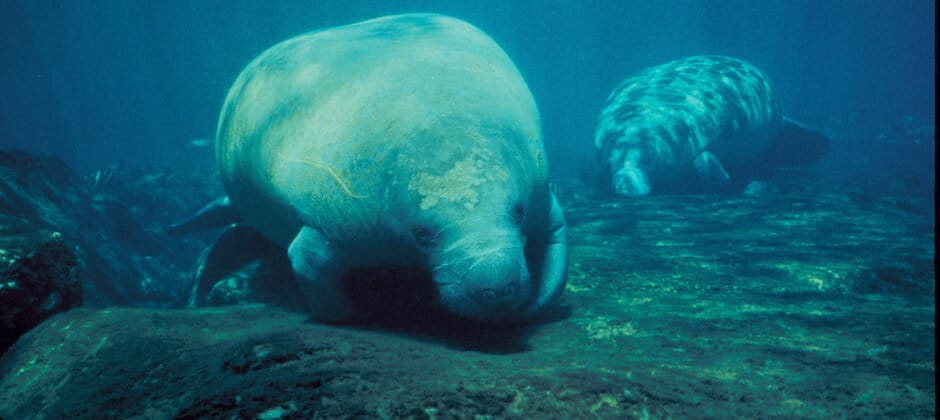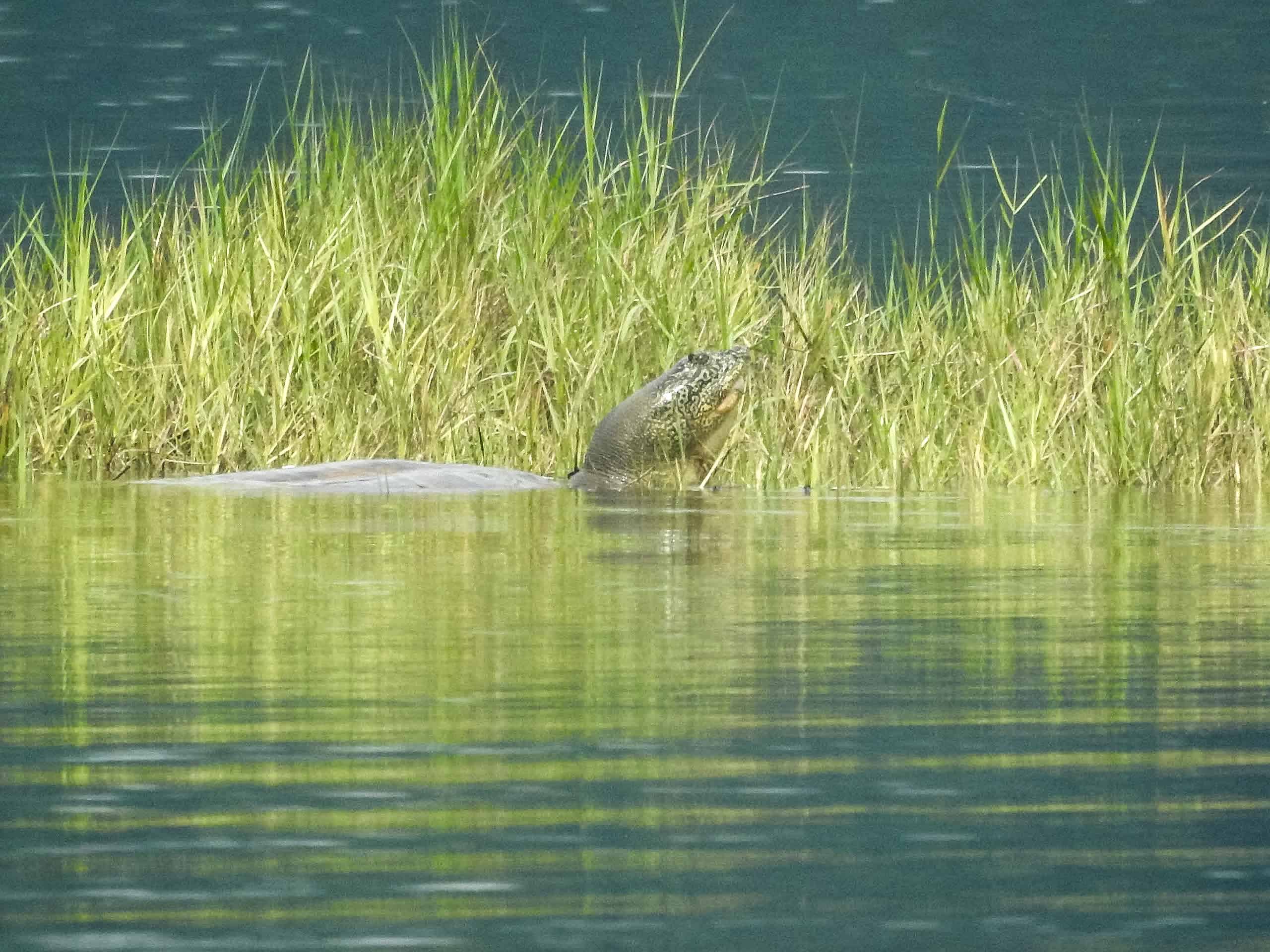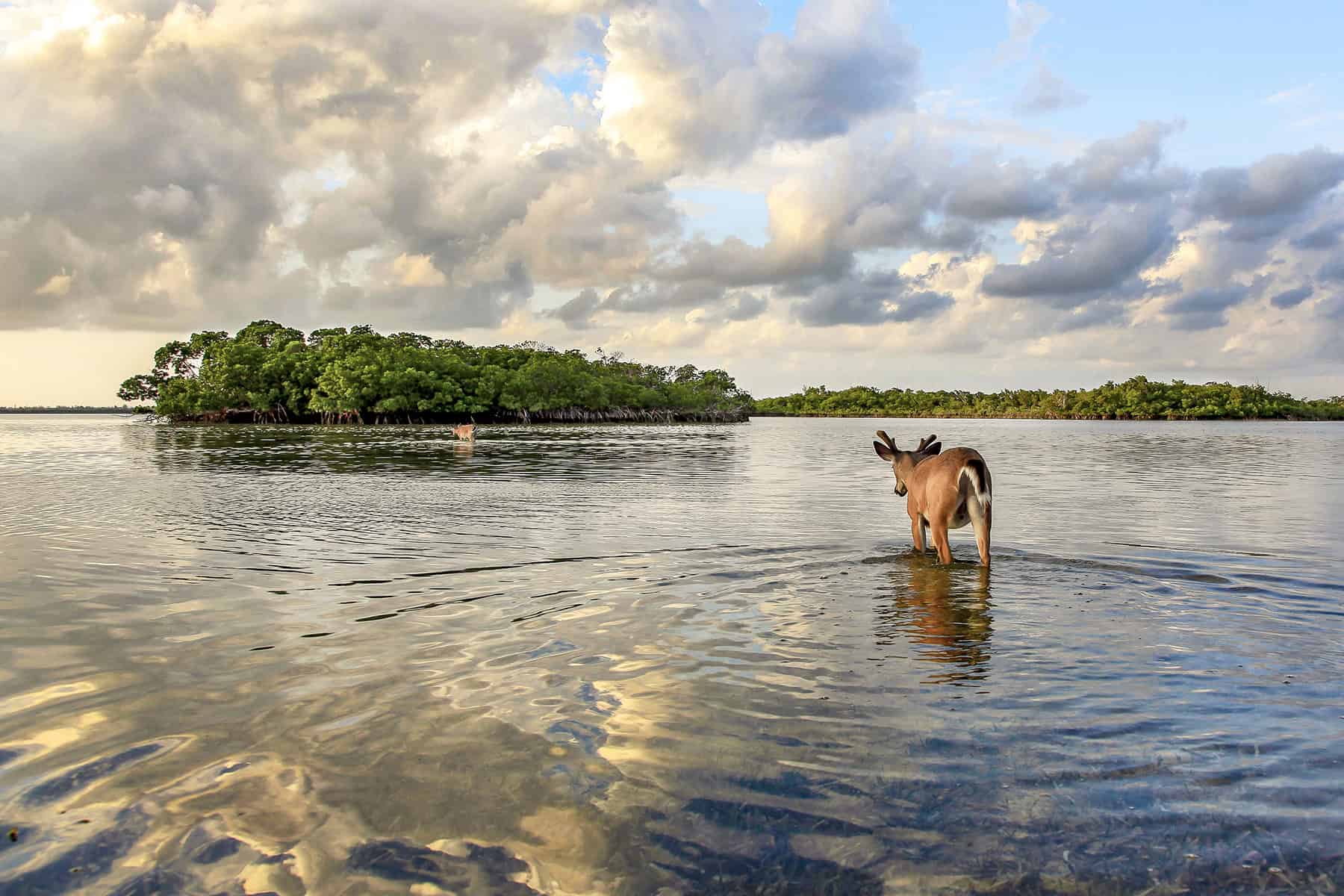Share this article
Manatees have crossed over to the Pacific
The Panama Canal’s mosquito problem goes way back. In the early 20th century, workers digging the massive trench across Panama died in the tens of thousands from yellow fever and malaria. Over the years, various schemes were attempted to limit the mosquitos’ impact, including drainage and screening homes.
In one plan in 1964, when the canal was still under U.S. control, authorities introduced manatees to control plants like water hyacinths, which were thought to provide places for mosquitos to breed. After being released into a fenced area in Gatun Lake, an artificial lake created when the canal was built, 10 experimental manatees escaped. In 1966, authorities abandoned the plan. They forgot about the marine mammals for decades.
Then in 2020, Hector Guzman, a marine ecologist at the Smithsonian Tropical Research Institute who had studied manatees in Panama and Costa Rica for a decade, received a call from Panama Canal Authorities who spotted an animal from an oil vessel. As he and his colleague reported in a study published recently in Marine Mammal Science, the captains saw a manatee in the water near their ship as it approached the Miraflores locks on the Pacific side of the canal.
“This was a historical mistake, there’s no doubt,” Guzman said.
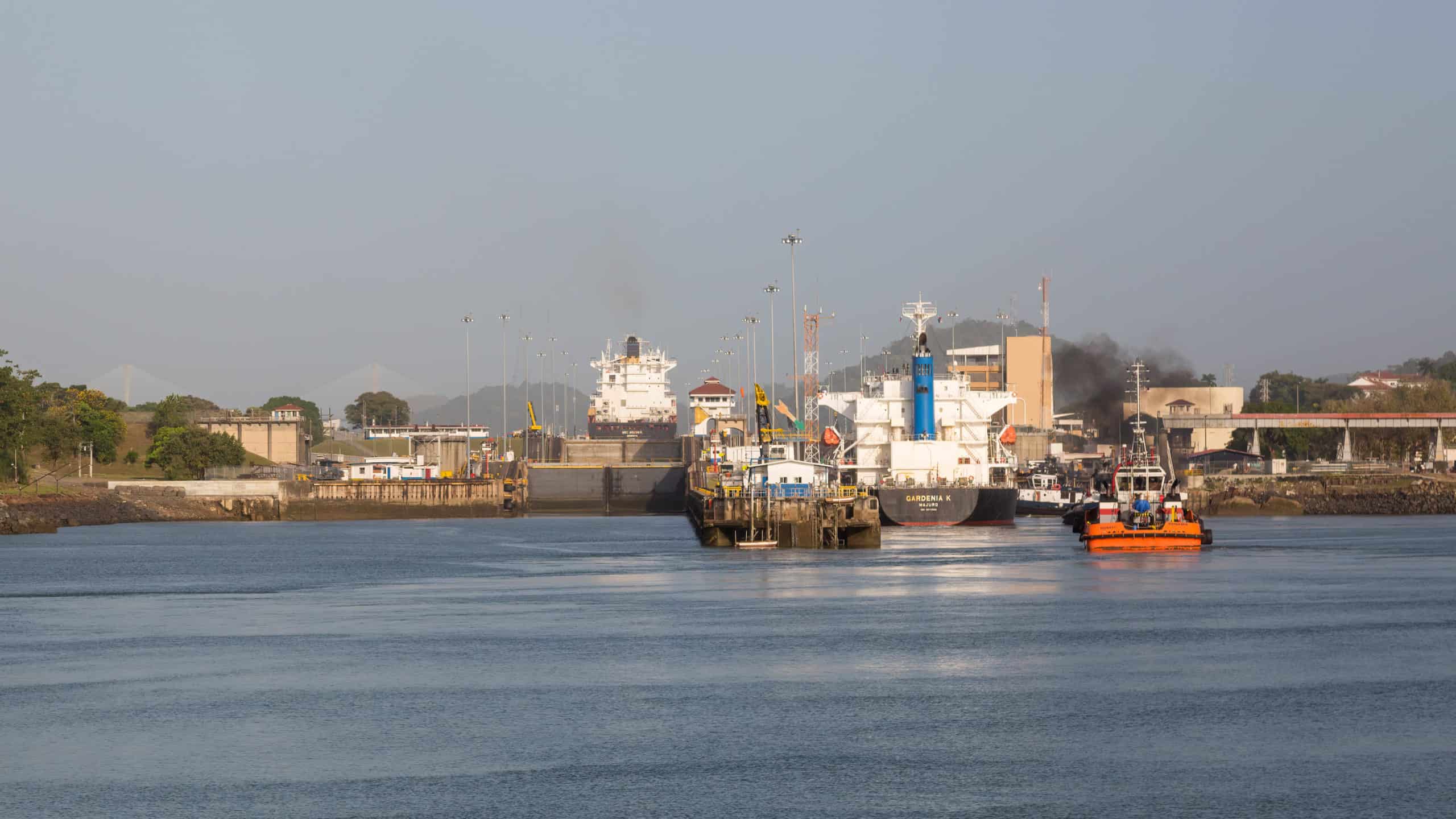
A view of the Miraflores locks from the Pacific Ocean. Credit: David Brossard
Part of the problem is that the manatees the canal authorities introduced into Gatun Lake in 1964 weren’t even all from the same species. The first one they placed was an Amazonian manatee (Trichechus inunguis), typically found in the Amazon River and its inland tributaries. This one was taken from Peru.
“That was the first mistake,” Guzman said. “They brought something that doesn’t belong to the Caribbean, to the Antilles.”
It was also, as it turned out, one of the few males.
The subsequent manatees brought to the canal were all West Indian manatees (Trichechus manatus), typically found from the East Coast of the United States all the way through the Caribbean coastal regions and down along the Atlantic Coast of Brazil. Those were taken from the Caribbean coast of Panama—much closer to the canal than the first Amazonian manatee.
But the two species can interbreed—and they did.
Since Guzman and his colleagues began tracking the manatees in Gatun Lake, they have identified 20 individuals using acoustic monitoring, but they say there are probably more. After their 12-month initial surveys, the researchers have doubled the number of monitoring stations, and Guzman said it’s likely there are more than 30 manatees there, all derived from the offspring of the original 10. “They are doing OK,” he said. “They are reproducing, they are mating; mother-calf pairs are routinely reported in the lake.”
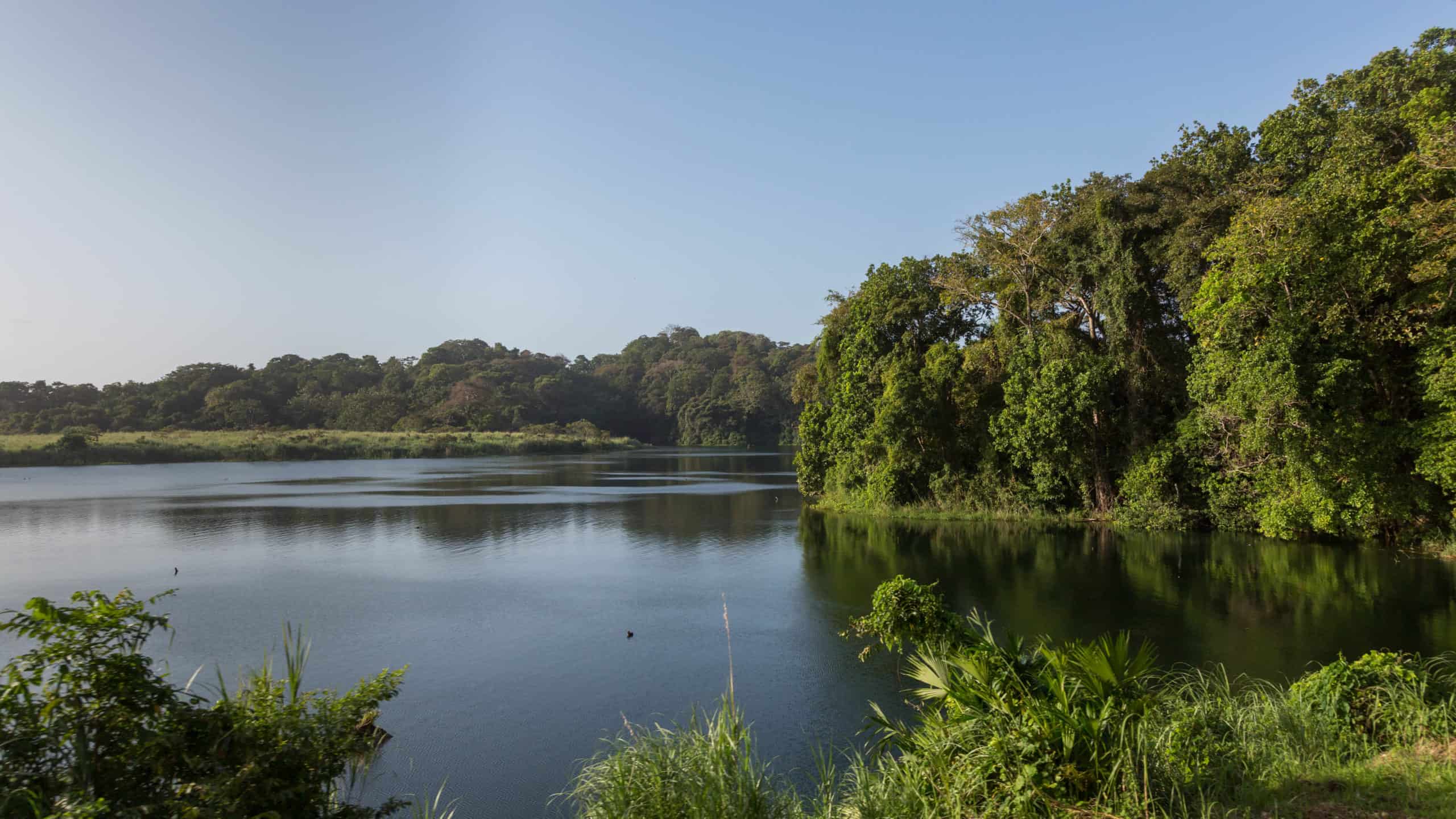
Manatees now live in Gatun, an artificial lake created by the digging of the canal. Credit: David Brossard
The problem lies in the fact that Gatun is just a few canal locks away from the Pacific Ocean, giving a pathway to potential invasion. It’s happened at least once in 2020, Guzman said—after they received the reports from the captains there, authorities used a drone to try to locate the manatee that escaped the canal to the Pacific. They couldn’t find it, but they assume it’s still there. It’s also possible that more have passed through the locks throughout the decades they have been there.
“Having the manatees in the Panama Canal where they don’t have any control of them, they can go into the Pacific side,” Guzman said. “It’s no longer a joke.”
It’s unclear whether the manatees may cause a problem in the Pacific Ocean—not every introduced species becomes invasive. But biologists would still like to keep them contained. While strict security measures that limit drone activity made it hard at first to determine whether manatees might be passing through the locks, Guzman said, canal authorities are quite supportive and taking the issue more seriously after knowing that a manatee has crossed over. He hopes to deploy smart-hydrophones, designed by local engineers at the Technological University of Panama, near the locks toward the Pacific side of Gatun Lake that can pick up the sounds the manatees make underwater in an effort to detect any more crossings in real-time.
Fishermen and Indigenous people that live in the area are also helping to inform researchers about manatee activity, so they can learn more about the viability of the population, Guzman said.
Header Image: Antillean manatees can be found from the East Coast of the U.S. to Brazil and throughout the Caribbean. Credit: Jim Reid, USFWS



